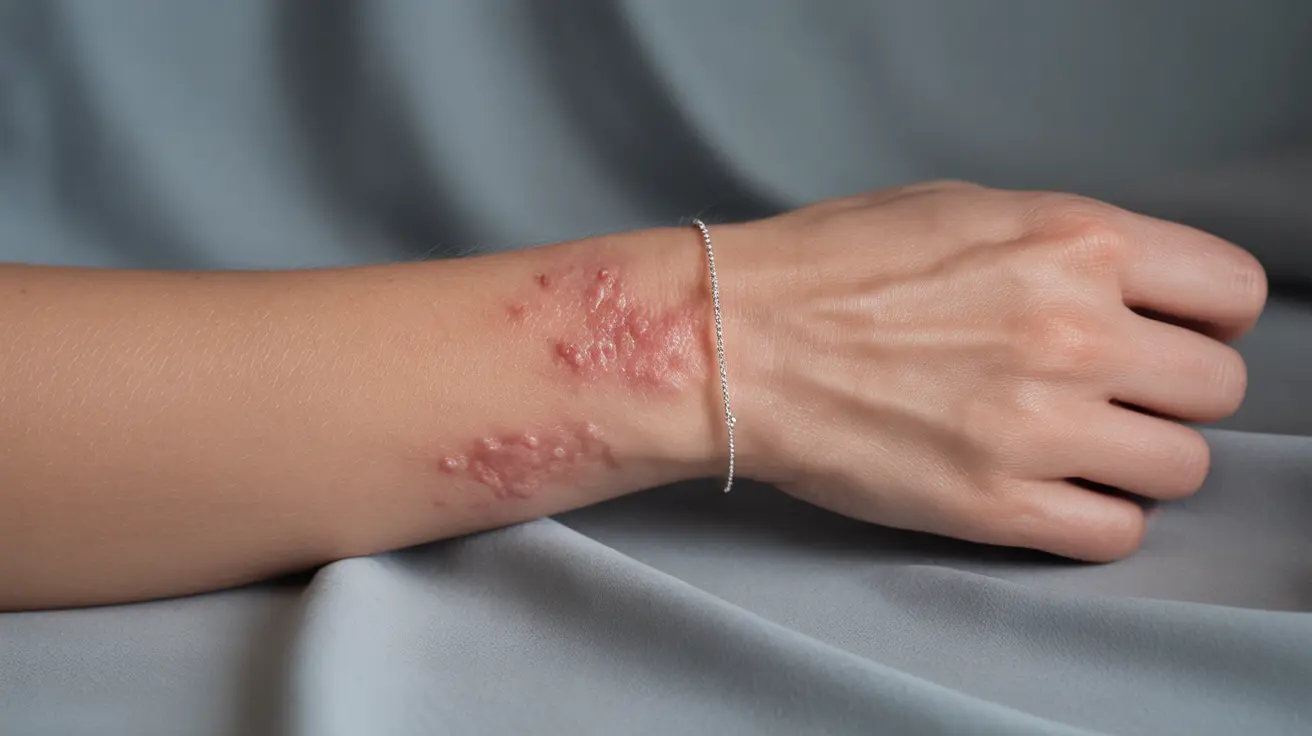Discovering you're suddenly allergic to Band-Aids can be both surprising and frustrating, especially if you've used them without issues for years. This unexpected reaction, known as contact dermatitis, occurs when your immune system becomes sensitized to components in adhesive bandages, particularly the adhesive materials or latex.
Understanding the nature of Band-Aid allergies, recognizing their symptoms, and knowing alternative options can help you manage this condition effectively while still maintaining proper wound care. Let's explore why these allergies develop and what you can do about them.
Understanding Sudden Band-Aid Allergies
Contact allergies to adhesive bandages can develop at any time, even after years of problem-free use. This occurs through a process called sensitization, where repeated exposure to certain substances eventually triggers an immune response. Common allergens in Band-Aids include:
- Adhesive chemicals (acrylates and resins)
- Rubber components
- Latex
- Preservatives
- Antiseptic agents
The development of these allergies isn't unusual - many people experience similar reactions to various products they've used safely before. This phenomenon is part of how our immune system evolves and responds to environmental factors over time.
Recognizing Allergic Reactions to Band-Aids
Identifying a Band-Aid allergy is crucial for proper management. Common symptoms typically appear within 24-48 hours of application and may include:
- Redness and inflammation
- Itching or burning sensation
- Skin rash or blisters
- Swelling around the bandaged area
- Skin peeling or flaking
- Discomfort that extends beyond the bandage edges
These symptoms often persist even after removing the bandage and may take several days to resolve completely without treatment.
Diagnostic Process and Medical Evaluation
If you suspect a Band-Aid allergy, healthcare providers can perform specific tests to confirm the diagnosis. The most common diagnostic approach includes:
Patch Testing
This involves applying small amounts of potential allergens to your skin under medical supervision to identify specific triggers. The test typically takes 48-96 hours to complete, with multiple checkpoints for reaction assessment.
Clinical Examination
Your doctor will examine the affected area and review your medical history, including previous allergic reactions and the timeline of symptom development.
Treatment and Management Options
Several treatment approaches can help manage Band-Aid allergies effectively:
Immediate Relief Measures
- Remove the adhesive bandage immediately
- Gently wash the affected area with mild soap and water
- Apply cool compresses to reduce inflammation
- Use over-the-counter hydrocortisone cream as directed
Long-term Management
Focus on prevention by choosing appropriate alternative wound care products and maintaining awareness of potential triggers.
Alternative Bandage Solutions
Several hypoallergenic options are available for those with Band-Aid allergies:
- Paper tape with gauze
- Silicone-based adhesive bandages
- Fabric bandages without latex
- Self-adhering wrap bandages
- Hydrocolloid dressings
Frequently Asked Questions
Why am I suddenly allergic to Band-Aids when I never had a reaction before?
Sudden allergies to Band-Aids can develop through repeated exposure to adhesive components, causing your immune system to become sensitized over time. This process can occur even after years of regular use without problems.
What are the common symptoms of a Band-Aid allergy and how can I recognize them?
Common symptoms include redness, itching, burning, rash formation, and swelling around the bandaged area. These typically appear within 24-48 hours of application and may extend beyond the bandage edges.
How is a Band-Aid adhesive allergy diagnosed by a doctor?
Doctors typically diagnose Band-Aid allergies through patch testing and clinical examination. They will assess your symptoms, medical history, and may perform specific allergen tests to identify the exact trigger.
What treatment options are available for relieving an allergic reaction to Band-Aids?
Treatment options include removing the bandage, washing the affected area, applying cool compresses, and using over-the-counter hydrocortisone cream. Severe reactions may require prescription medications.
What types of hypoallergenic or alternative bandages can I use if I am allergic to regular Band-Aids?
Alternative options include paper tape with gauze, silicone-based adhesive bandages, latex-free fabric bandages, self-adhering wrap bandages, and hydrocolloid dressings. These alternatives typically cause fewer allergic reactions.




